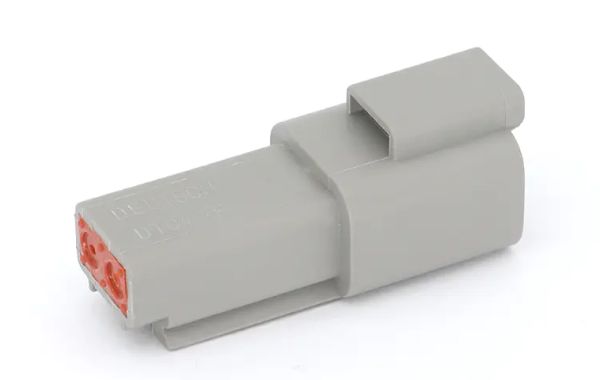Connector components are the individual parts that make up a complete electrical connector, facilitating the connection of electrical circuits. These components are critical in ensuring the reliable and efficient transmission of power and data in various applications, from consumer electronics to industrial machinery.
The primary components of an electrical connector include the housing, contacts, and any additional securing mechanisms. The housing, often made of plastic or metal, provides structural support and insulation. It protects the contacts from environmental factors such as dust, moisture, and mechanical damage. The design of the housing can vary significantly, tailored to specific applications and environmental requirements.
Contacts, the core component of any connector, are typically made from conductive materials like copper or brass, often plated with gold, silver, or tin to enhance conductivity and resistance to corrosion. The contacts ensure the electrical connection between the wires or PCBs. They come in various forms, such as pins, sockets, or blades, each suited to different types of connections and current requirements.
Securing mechanisms, such as latches, screws, or clips, are essential for maintaining a stable connection between the mating parts of the connector. These mechanisms prevent accidental disconnection due to vibration or handling, ensuring the reliability of the connection in dynamic environments.
Other auxiliary components may include seals and gaskets for waterproof connectors, strain reliefs to protect wires from mechanical stress, and guide pins for accurate alignment during assembly. These additional components enhance the functionality and durability of the connector.
In conclusion, the careful selection and design of connector components are crucial for the performance and reliability of electrical systems. Each component plays a specific role in ensuring that connectors meet the stringent requirements of modern electrical and electronic applications.








